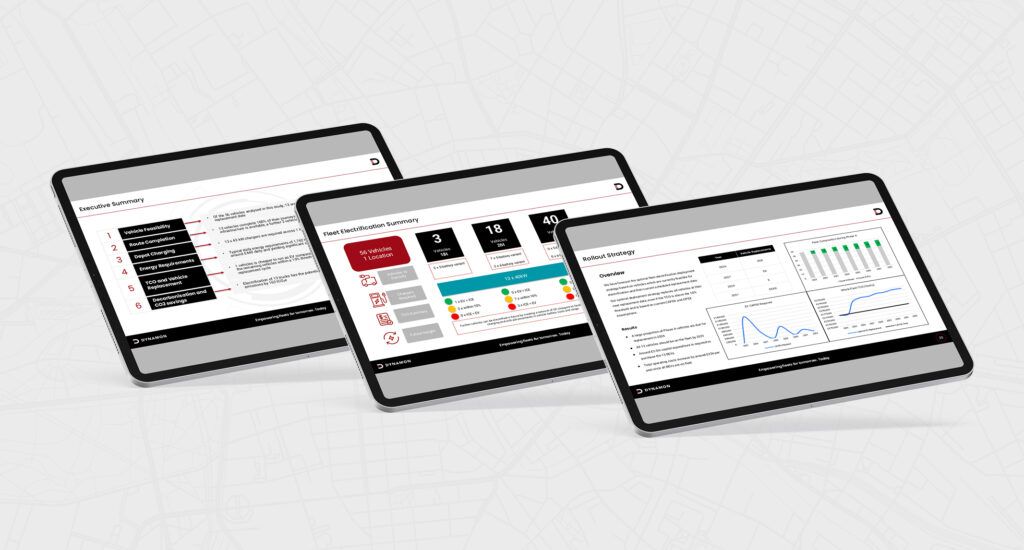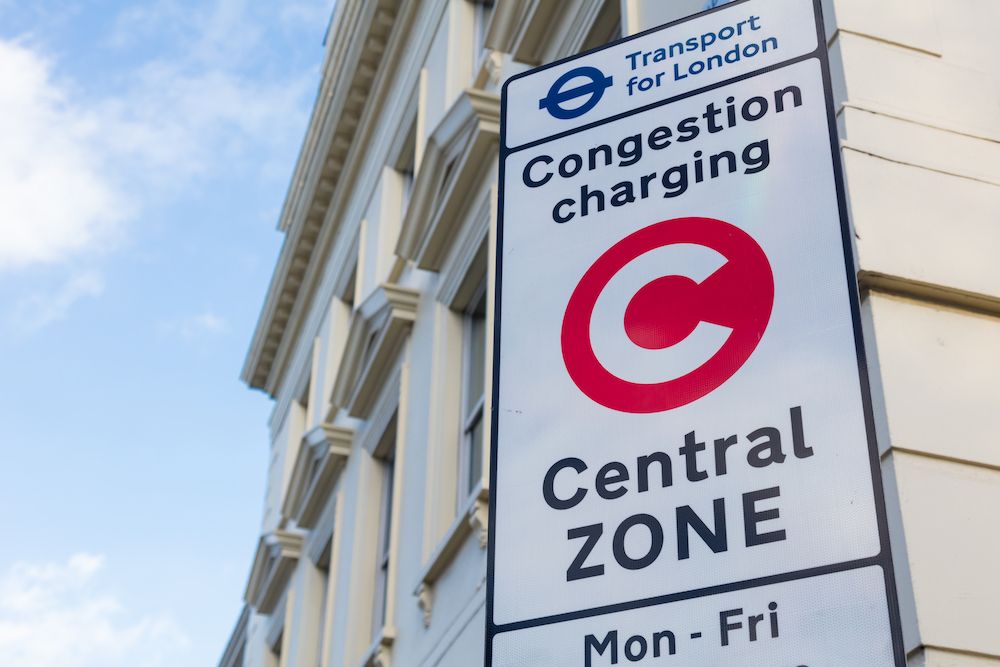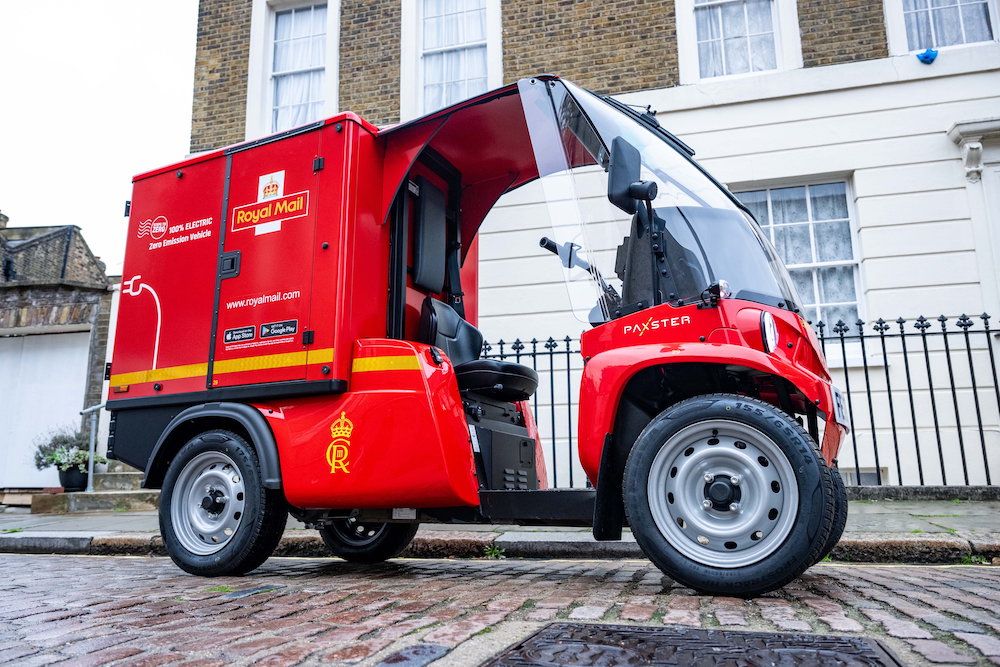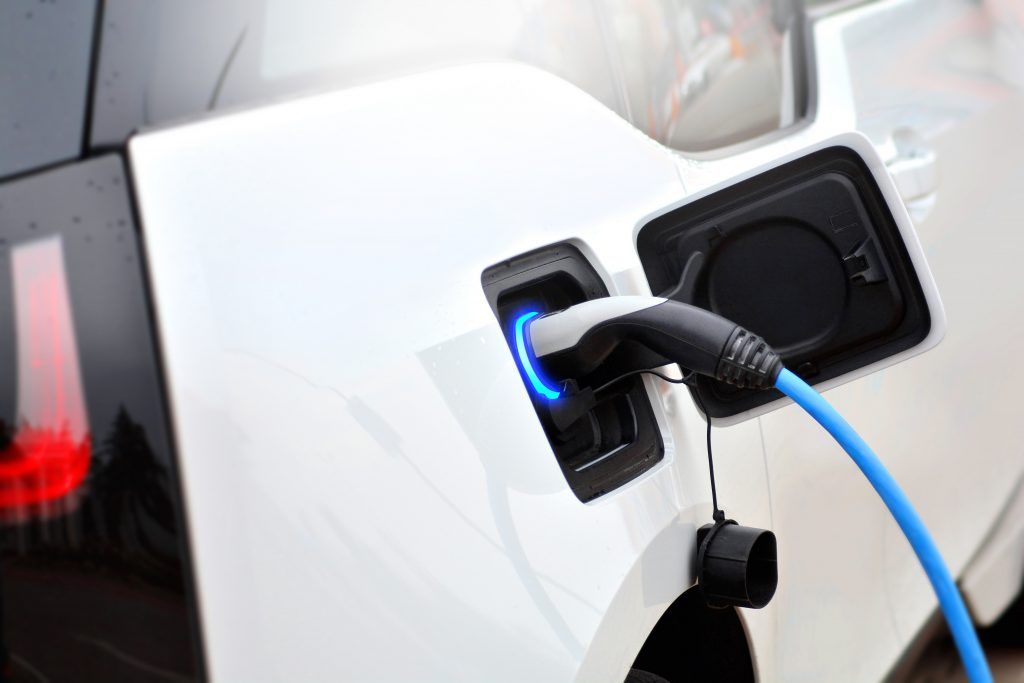Fleets can obtain a complete analysis of how to decarbonise “in a matter of days”, according to Dynamon’s new Decarbonisation Planning Report.
The Decarbonisation Planning Report has been created to fulfil the requirements of fleet managers looking to transition to electric or alternative fuels – especially those stretched in terms of time and resource.
Fleets of any size can supply their telematics or routing data to Dynamon which will build and send a full report in a few days – with the help of artificial intelligence (AI). AI has been “crucial” in being able to bring the Decarbonisation Planning Report to life, the firm said.
The report follows research with fleet managers and the “huge desire” to decarbonise, it said. But it added that many businesses find that the work required “takes too long and costs too much money”, which is why it created the new tool. According to the firm, using the report is up to 80% lower than other equivalent studies.
For every customer, the report will include EV roll-out strategies, charging and power requirements, Total Cost of Ownership implications, projected emission reductions, capital purchase projections, and low carbon alternatives when electric doesn’t suit.
Dynamon will also continue to provide its software for consultants, OEMs, infrastructure providers and leasing companies, as well as supporting larger fleets and special projects with its bespoke consultancy service, it said.
But CEO of the firm Angus Webb said “there are thousands of fleets out there who just need answers now, and again in future”.
Webb added:
“We speak to fleets and often they say they want to put in place a plan for electric and other alternative fuels, but trying to find the budget for doing this is incredibly difficult. They need to speak to vehicle manufacturers, lease companies, charging providers and other stakeholders, then pull all the information into an actionable strategy.
“Identifying exactly how much this might cost, and pitching this to senior management, is not easy. It’s holding back decarbonisation for many, many fleets. Even once the project has been approved, there is pressure to show a return on investment and get results that can be enacted there and then. Otherwise the process just starts all over again, or gets shelved for a few years.
“One of the strengths of this pricing model is that fleets can run this report on a regular basis. In the decarbonisation sector, things are changing all the time. It might be that the Decarbonisation Planning Report shows in 2025 that certain parts of the fleet are not ready for the transition.”
“But run it again in 2026, as technology and infrastructure develops, and it could be that the results are very different.
“With the Decarbonisation Planning Report we have finally brought the ability to understand how to transition a fleet to electric or alternative fuels for every business in the UK, no matter their size, at the right cost, right now.”
The news comes ahead of Transport + Energy’s inaugural Fleet Electrification Forum at Warwick Conferences on 9 July. Find out more about the event and speakers here.








